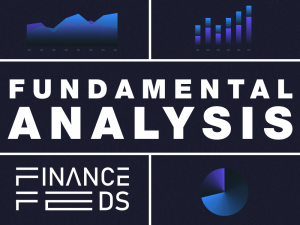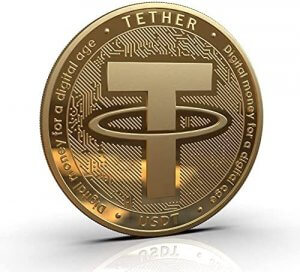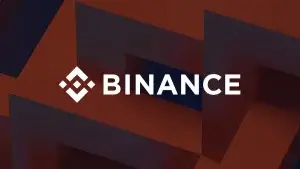Swiss regulator reviews effectiveness of “Direct transmission” circular
Stakeholders are invited to share their experiences of implementing the provisions in the circular by September 13, 2019.

Switzerland’s Financial Market Supervisory Authority (FINMA) today announces a review of the effectiveness and application of the “Direct transmission” circular. As part of this ex-post evaluation, stakeholders can provide their opinions by September 13, 2019.
In foreign markets, international companies are increasingly facing reporting and information obligations to the relevant local authorities. Until the end of 2015, such Swiss companies risked prosecution in Switzerland when directly transmitting information to foreign authorities as this could be deemed an unlawful activity on behalf of a foreign state under Article 271 SCC. These supervised parties also risked penalties, fines or even the loss of access to markets if they failed to comply with their reporting and information obligations to the relevant local authorities.
Article 42c FINMASA entered into force on January 1, 2016. The provision states that supervised parties may transmit non-public information directly to foreign authorities and entities acting on their behalf, provided the conditions relating to administrative assistance / rights of clients and third parties are met. If information of substantial importance is to be transmitted, supervised parties must notify FINMA in advance. FINMA is also authorised to reserve administrative assistance channels as an alternative to direct transmission. The aim of the new provision was to facilitate the transmission of information abroad for supervised parties.
Previously, the absence of this legal framework meant that supervised parties risked prosecution when fulfilling their foreign reporting and information obligations in accordance with Art. 271 SCC (unlawful activities on behalf of a foreign state). In introducing this regulation, the legislator took into account the demonstrable need for international companies to be able to work together with foreign authorities, as well as the requirements and protective regulations for administrative assistance.
Art 42c FINMASA leaves scope for interpretation. To minimise uncertainty when applying the provision, FINMA implemented the relevant Circular (“FINMA Circular 2017/6 Direct transmission”) as of January 1, 2017 after holding a consultation.
Specifically, the Circular provides more detailed information on terms that are open to interpretation and sets out the processes for reporting to FINMA. In combination with the statutory article, it helps ensure a legally compliant and predictable situation when transmitting information. In addition, the Circular provides clarification on the requirements and processes relating to reporting obligations to FINMA.
The regulator notes that it appears that information is increasingly being transmitted under Art. 42c FINMASA without the involvement of FINMA. In the first year following the entry into force of the Circular, supervised parties disclosed 169 instances of information of substantial importance being transmitted (Art. 42c para. 3 FINMASA), while during the second year, this number had fallen to 87. In this respect, FINMA said to supervised parties on 28 occasions during these two years that they are not required to notify FINMA in future when similar information is to be transmitted. In addition, FINMA reserved administrative assistance channels on eight occasions in 2017, but only three in 2018.
Now that the Circular has been in force for more than two years and practical experience has been gained, FINMA is reviewing the Circular. The aim of this ex-post evaluation is to obtain feedback from stakeholders on the necessity, appropriateness and effectiveness of the Circular and, in particular, to receive suggestions for substantiated, specific needs to correct or amend it. The evaluation does not cover the substantive and formal requirements imposed by the legislator. Accordingly, stakeholders are invited to contribute their experiences and criticisms on the Circular “Direct transmission”.









